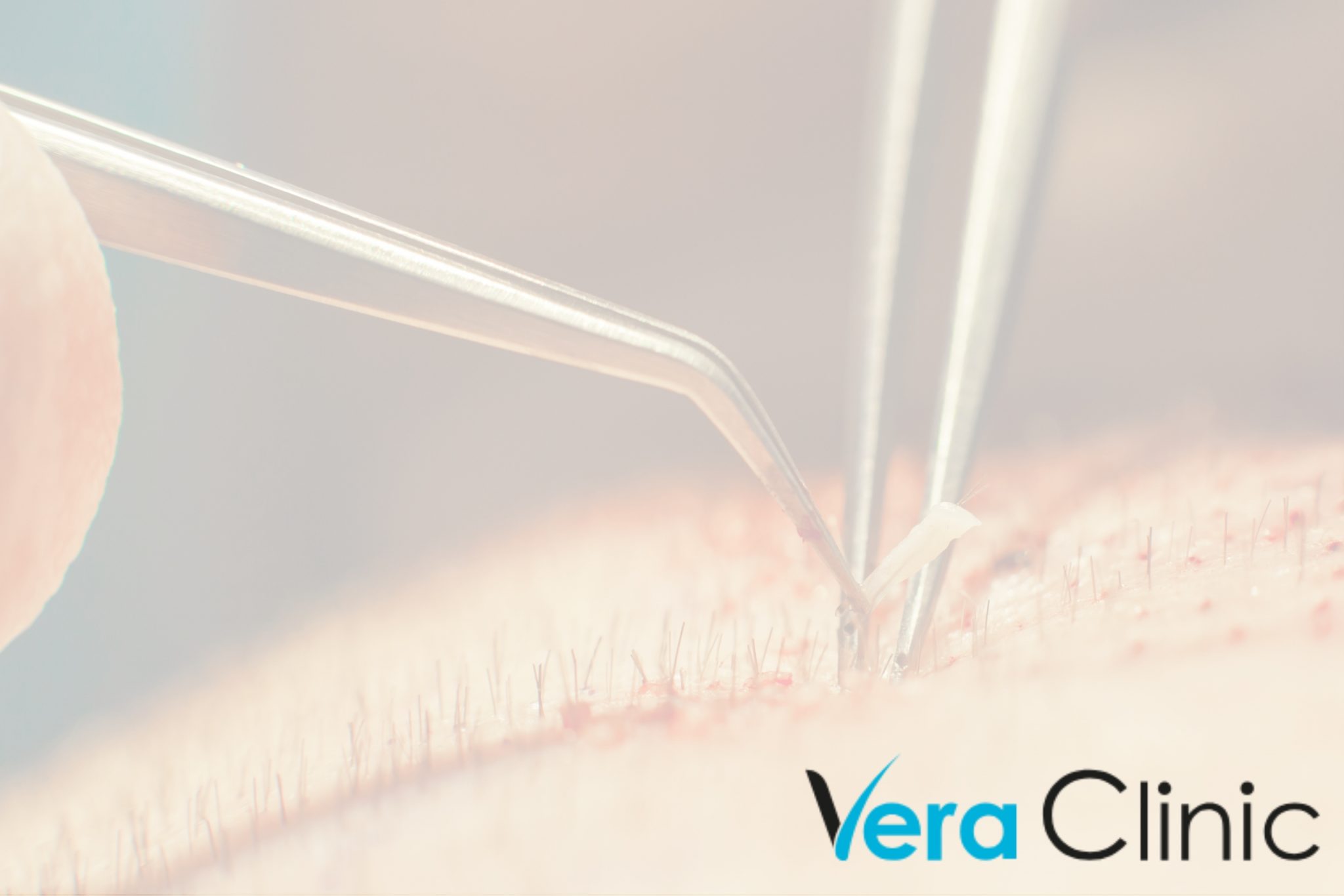You’ve probably wondered what you can expect from an Turkey hair transplant. This article will provide some information about what to expect, the different types of transplantation procedures available in Turkey and the clinics that provide these procedures. When you’re done you’ll have a thorough understanding of the procedure as well as what you can expect from the results.
Cost of hair transplant in Turkey
Due to its low costs, Turkey is a popular option for hair transplant surgery. The system of healthcare in Turkey is simplified, keeping medical costs low. Turkey offers hair transplants for 30 percent discount. In addition to cheaper prices, you’ll be able to enjoy additional benefits, including a relaxing spa treatment as well as private chauffeurs, and a more comfortable stay.
To figure out the cost of the procedure, you’ll have to know how many hairs you require and the amount of loss you’re experiencing. Most clinics will charge between $2,000 and $2,500 for a 5000-graft procedure but you can also choose an affordable price if you don’t need a full transplant.
Turkey’s low cost of living and low minimum wage make hair transplants in Turkey cheaper than other locations. In addition to low prices, the country also boasts a high-quality healthcare system, with more than 1500 board-certified plastic surgeons and more than 30 Joint Commission International-accredited hospitals.
Methods of hair transplantation in Turkey
There are a variety of methods for hair transplantation in Turkey however, FUE is the most frequently used procedure. FUE is a minimally invasive procedure which can cause minimal pain and scarring. In are removed from the donor area and transplanted one-by-one into the thinning area. Since the procedure does not involve skin grafting FUE is much faster and less traumatizing for patients.
Turkey has highly qualified and experienced surgeons who carry out the procedure. The results can be seen within a year of the procedure. When compared to other countries the costs for hair transplants in Turkey are considerably less. After a year or so patients should notice a difference in their hair.
The procedure is carried out on healthy, old people. It is not recommended for those with serious medical conditions. In addition, there needs to be sufficient hair on the donor region to make the procedure safe and effective. To determine if the patient is a good candidate, the partner hair specialists will examine the donor site and ask the patient questions about any other causes that are not genetic that cause hair loss. They will also assess if the patient has sufficient hair on the donor area to supply grafts for the procedure.






